Surviving high North American feed prices
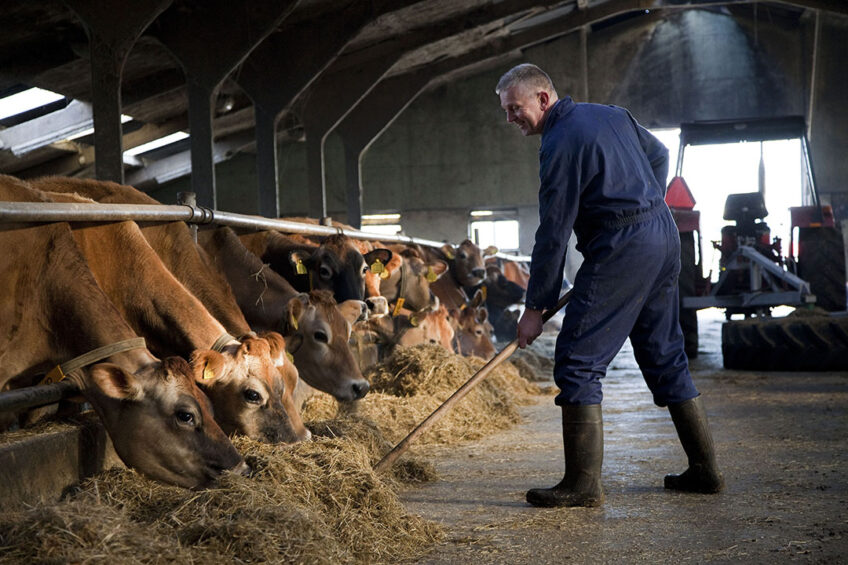
It is a financially challenging time for dairy farmers across North America as many states face a difficult growing season plagued by severe drought conditions. While milk prices have improved to an extent, the rising costs of staple ingredients – especially corn and soybean – are making it difficult for income to keep up, resulting in a persistently slim profit margin.
Successful herdspersons and managers must be aware of these considerations as they work with their nutritionists to craft total mixed rations (TMRs) and diets that reflect the situation without sacrificing nutritional quality. A big part of this comes down to making wise choices in feed ingredients and making sure these ingredients are fed to cows properly.
The state of feed prices in North America
So far, commodity prices seem to be on a sharp incline in North America this year. According to a Penn State Extension dairy update, feed prices appear to be showing a similar trend to 2012, when corn and soybean prices were exceptionally high. In her article, Virginia Ishler, an extension dairy specialist, noted that the outlook for 2021 feed prices – depending on factors such as milk production and herd size – would be $ 7.09, $ 5.36 and $ 5.18 (according to average gross milk price breakeven/cwt in 2020) as the maximum feed cost per milk cow per day with $ 18/cwt milk.
As herds throughout the US and North America continue to consolidate and grow bigger, the economic impact of feed and its significance on the bottom line becomes all the more important when considering – the University of Minnesota Extension reports – that for the modern dairy, feed costs can be 40–60% of the entire cost of production.

Maximise ingredients
Part of persevering through expensive periods in the feed industry is maximising ingredients that are affordable without sacrificing adequate nutritional value. “Our main goal is to make sure animals are offered adequate amounts of nutrients,” says Luiz Ferraretto, a ruminant nutritionist and assistant professor at the University of Wisconsin–Madison. “The first thing that is happening is that those cows will be consuming a diet that does not provide adequate amounts under those conditions.” He adds that poor management can increase other issues associated with feed.
“I think one of the most important things farmers have to consider is that homegrown forages are the best available feed,” he says.
This begins by focusing on things like corn silage and haylage grown on-farm and making them the highest quality they can be. Diets that have higher quality forages as a basis can cut down on expensive commodities and grains needed in the mix.
Capitalising on by-product feed ingredients
Another tool that can help cut costs on the overall TMR is capitalising on by-product feed ingredients. While by-products are usually significantly less expensive than traditional commodities, they can come with other costs managers should consider before capitalising on them. For example, the cost of labour, storage and delivery for by-product ingredients can all increase the cost of each tonne. To help calculate this true cost, the University of Wisconsin–Madison developed the FeedVal program, which can calculate the actual cost and value of such ingredients when all things are considered. Feed ingredients also need to be managed and prepared well, so that when each fresh batch of TMR is mixed, cattle will be apt to eat it entirely with minimal refusal and sorting behaviours.

The problem with sorting
A recent study conducted on a selection of Hungarian dairy farms examined the factors in cow sorting behaviours. A summary by Nuria Garcia for Dellait Knowledge Center describes how the researchers found that overall, the homogeneity and composition of the ration were key factors for overall nutritional health in dairy cows. The study noted that, when using the Penn State Particle Separator, recommendations are that 2–8% of a sample should be in the upper sieve, 30–50% in the medium sieve, 10–20% in the lower sieve and 30–40% in the bottom tray.
It found that refusals had about the same proportions of particles in the medium and lower sieves. However, the amount of smaller particles left in the refusal was notably lower. It also found that, of the farms observed, different groups would show the same levels of sorting. This supports the idea that formulation of the diet and feed management practices are most important in eliminating sorting behaviours.
“Part of our job is to maximise consumption,” says Ferraretto. “In order to do that you need to make sure that it is an appropriate mix. A very important part of that is keeping track of particle size and making sure you don’t have particles that are too coarse.”
At the same time, he reminds producers that they should still maintain effective fibre size and length so that the cows’ rumen function is not compromised. Additional strategies can be implemented as well. “For example, if you add a little bit of sugar-based liquid feeds to the diet,” he continues. “This helps a lot with the palatability of the diet and decreases sorting.”

Feed management is another key aspect. For example, Ferraretto points to feeding cows at the same time each day and pushing the TMR up at the same time to keep cows eating on their regular schedules. This also helps avoid fighting at the feed bunk and ensures each cow is eating adequately. Proper spacing and regular feeding have also been found to cut back on sorting.
Keeping quality feed
As previously mentioned, storage is an inevitable part of total feed cost. Not only can it be a literal expense to process and obtain storage facilities, but it can also cost in the quality aspect.
Ferraretto notes that feed can be lost – in the form of nutrients or spoilage that ends up being totally wasted – through the mode of storage. “You need to make sure you have good management that ensures whatever is produced is actually what ends up being fed to the cows,” he says.
This involves monitoring silage and other ingredients for freshness or waste. If facilities are inadequate, updates may need to be made to preserve the integrity of the feed.
Join 13,000+ subscribers
Subscribe to our newsletter to stay updated about all the need-to-know content in the dairy sector, two times a week.
 Beheer
Beheer
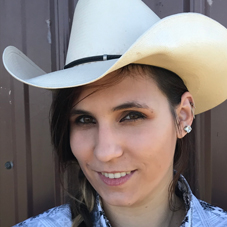

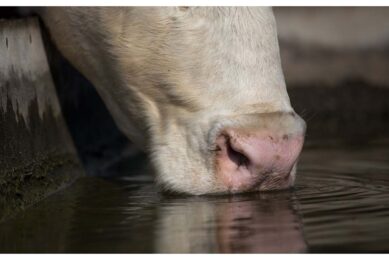
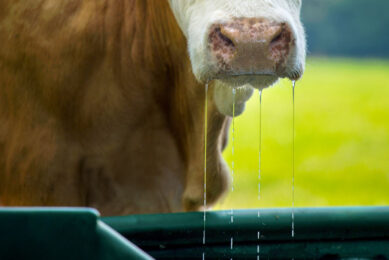
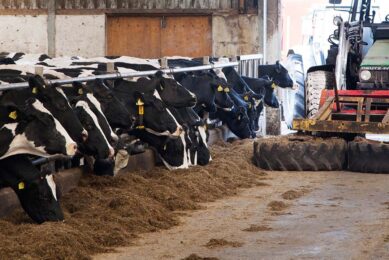
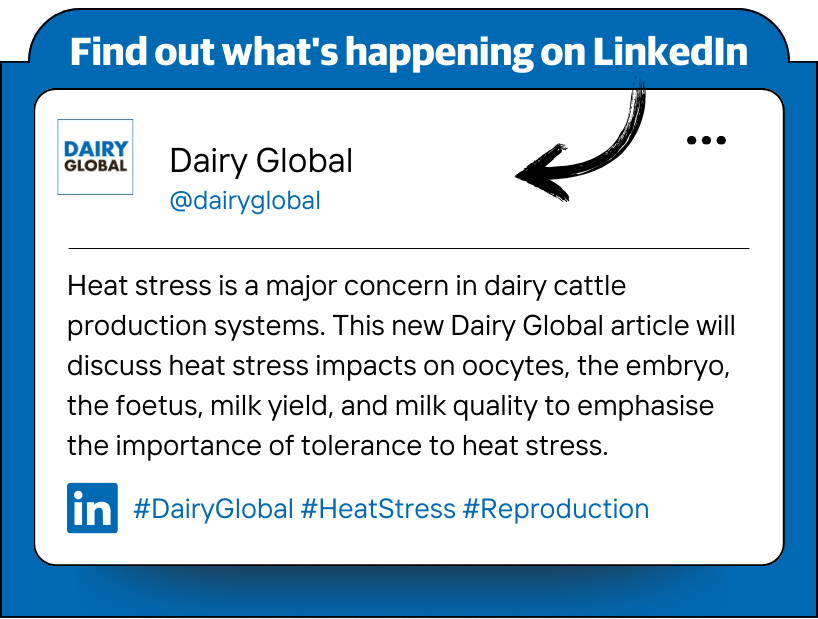



 WP Admin
WP Admin  Bewerk bericht
Bewerk bericht